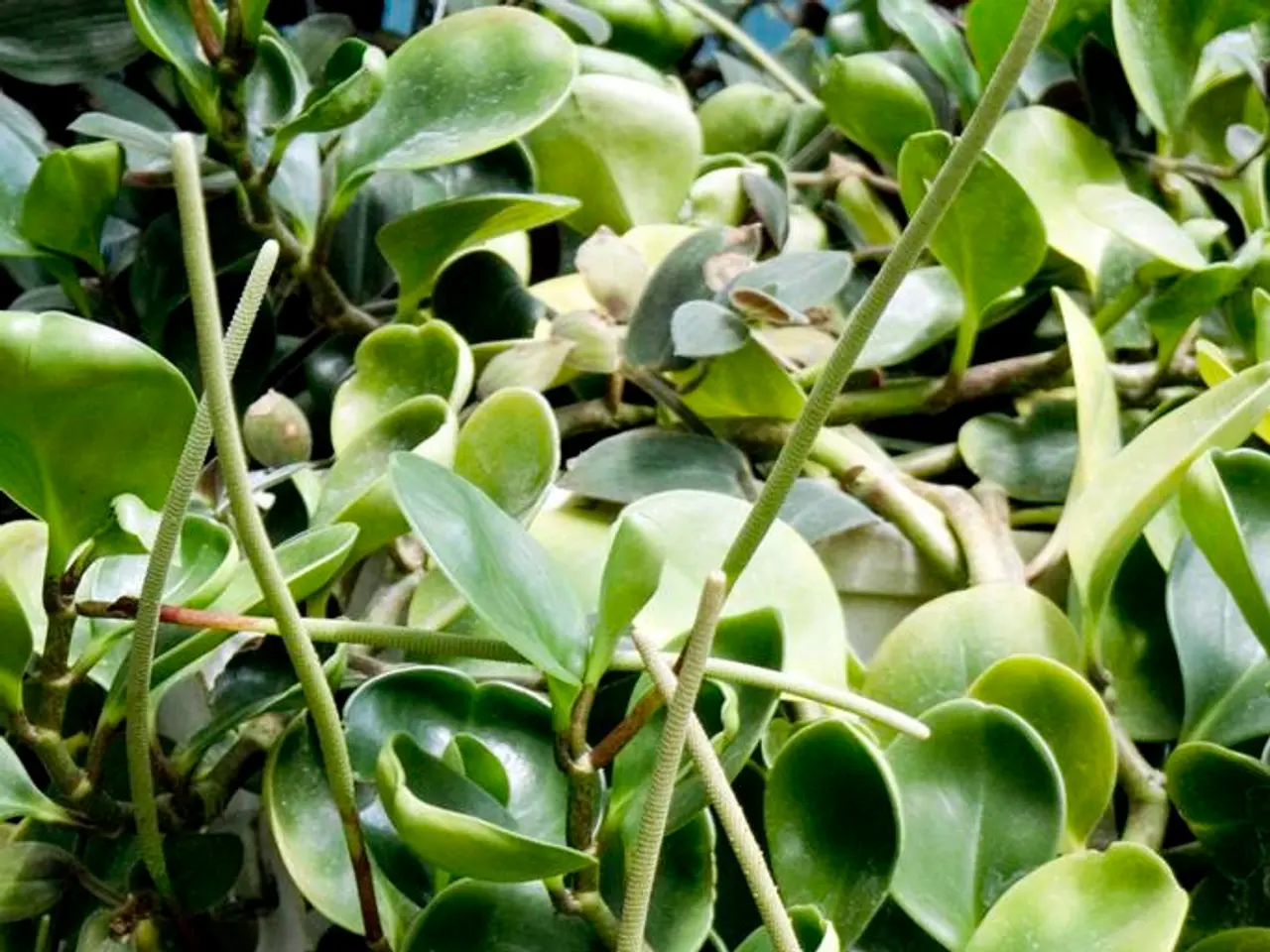Indoor Plant Watering Methods Applicable Everywhere
In various climates, the needs of indoor plants can differ significantly, particularly when it comes to watering. Hot, dry, or low-humidity climates require more frequent watering and increased humidity management, while cooler or more humid climates necessitate a more cautious approach to avoid overwatering.
In hot, dry, or low-humidity climates, indoor plants transpire more rapidly due to higher evaporation. To cater to their increased water needs, strategies include:
- Adjusting watering frequency seasonally by increasing watering during hot or dry periods and reducing in cooler, more humid times.
- Using moisture meters or manually monitoring soil moisture rather than relying on fixed schedules to avoid over- or under-watering.
- Mist plants regularly throughout the day to temporarily increase leaf hydration and lower heat stress, particularly in heatwaves.
- Employing self-watering planters with reservoirs suitable for the plant’s root depth, which help maintain consistent moisture levels and reduce watering guesswork.
- Rotating planters to optimize light exposure and prevent uneven growth, which can affect water use efficiency.
In cooler or more humid climates, the transpiration rate slows, so plants require less frequent watering. Overwatering risk rises due to slower dry-out times, so it is important to:
- Water less often, ensuring soil dries out slightly between waterings, especially for species sensitive to root rot.
- Avoid high humidity combined with overwatering to prevent fungal diseases.
Other general strategies effective across different climates include:
- Using rainwater or soft water in self-watering setups when possible, as it is generally better for plants than hard tap water.
- Regularly cleaning planter reservoirs to avoid algae or salt buildup that can affect plant health and water uptake.
- For vacations or absence, employ automatic watering systems tailored to the plant's needs and local conditions, such as drip systems or moisture globes for maintaining hydration when manual watering is not possible.
Plant type matters significantly: succulents and cacti require much less frequent watering (every 2-4 weeks in summer), while tropical plants and herbs generally need weekly watering in warmer conditions. Using well-draining soil helps prevent root rot in indoor plants.
In summary, effective indoor plant watering across climates involves a dynamic approach that matches watering frequency and method to the plant species and environmental conditions, emphasizing soil moisture monitoring and humidity management in hot/dry climates versus cautious watering in cooler/humid climates. Using modern tools like moisture meters, self-watering planters, and automation can optimize results.
Knowing each plant's needs is crucial for creating a watering schedule. Misting is effective for plants that love humidity, while bottom watering helps prevent overwatering by allowing the soil to absorb water from the bottom. Wilting leaves are a clear sign that plants need water, and brown leaf tips can indicate plant stress due to lack of moisture. Adjusting watering in winter is necessary since plants grow slower.
In cool and dry climates, plants need watering every 3-5 days, while in humid and warm climates, watering should be done every 5-7 days. In humid climates, grouping plants together can help create a mini-ecosystem and increase humidity. Ferns require weekly watering with moist, not soggy soil. Cacti need watering every 3 weeks with very little water.
Self-watering systems provide consistent moisture for houseplants, making them a beneficial addition to any indoor garden. Succulents typically need watering every 2-3 weeks. Climate type significantly influences the watering frequency for indoor plants.
[1] The Spruce, Indoor Plant Watering 101: How to Water Indoor Plants, https://www.thespruce.com/indoor-plant-watering-1398131 [2] The Sill, How to Water Your Indoor Plants, https://www.thesill.com/learn/how-to-water-your-indoor-plants/ [3] The Sill, How to Water Your Indoor Plants in Winter, https://www.thesill.com/learn/how-to-water-your-indoor-plants-in-winter/ [4] The Sill, How to Water Succulents, https://www.thesill.com/learn/how-to-water-succulents/
In hot, dry, or low-humidity climates, where home-and-garden plants demand increased water and humidity management, it's essential to adopt a more dynamic watering lifestyle. This includes regular misting, adjusting watering schedules seasonally, using moisture meters, and employing self-watering planters for optimal results.
On the other hand, cooler or more humid home-and-garden environments call for a more conservative watering lifestyle to avoid overwatering issues. This means watering less frequently, promoting good drainage, and vigilantly guarding against fungal diseases.




